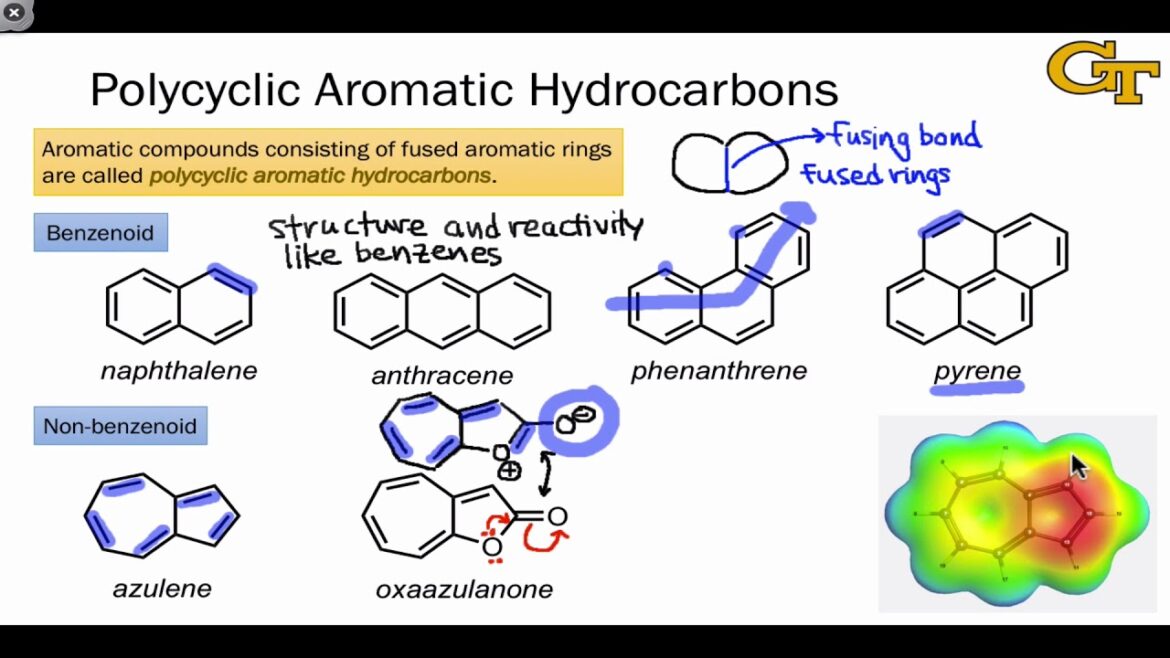Polycyclic Aromatic Hydrocarbons (PAHs) are a class of organic compounds consisting of two or more fused aromatic rings. The simplest PAHs, such as naphthalene and anthracene, consist of only two aromatic rings, while the largest PAHs may have as many as six rings. PAHs occur naturally in coal and crude oil, and are produced during the combustion of organic matter. They are also found in cigarette smoke and vehicle exhaust fumes.
PAHs are classified as carcinogens by the International Agency for Research on Cancer (IARC). Some PAHs, such as benzo[a]pyrene, are known to cause cancer in humans. Other PAHs may also be carcinogenic, but this has not been conclusively proven. Exposure to PAHs can occur through inhalation, ingestion, or skin contact.
There is no safe level of exposure to carcinogens, so it is important to avoid exposure to PAHs whenever possible. If you must be exposed to them, take precautions to minimize your risk of exposure.


